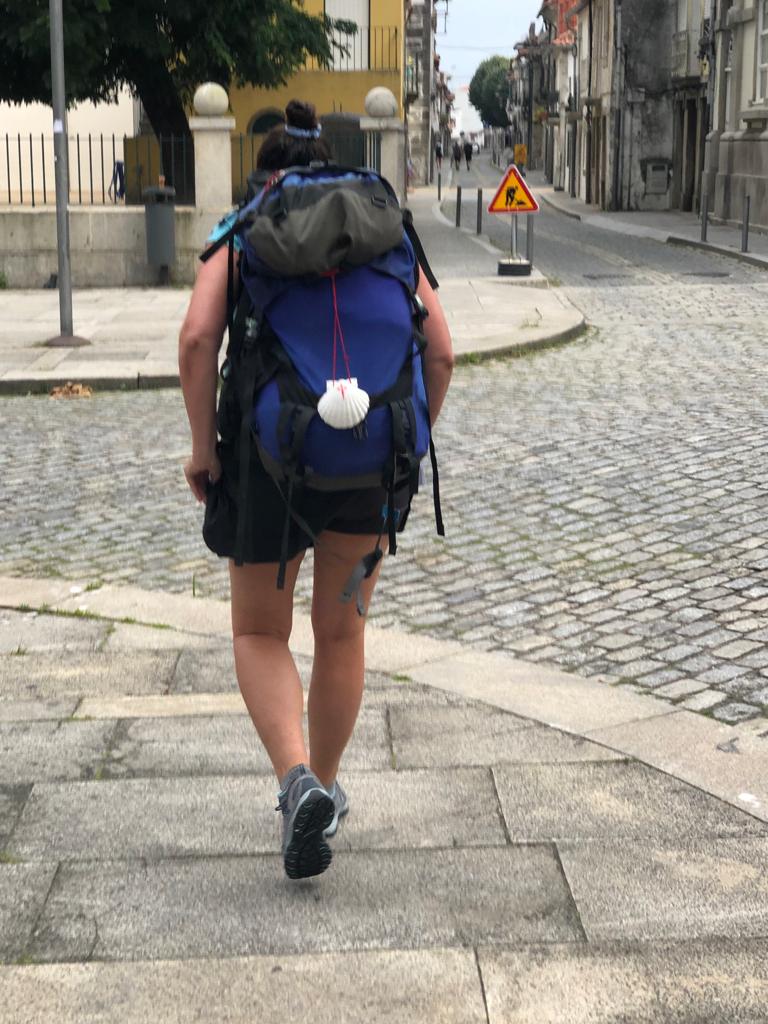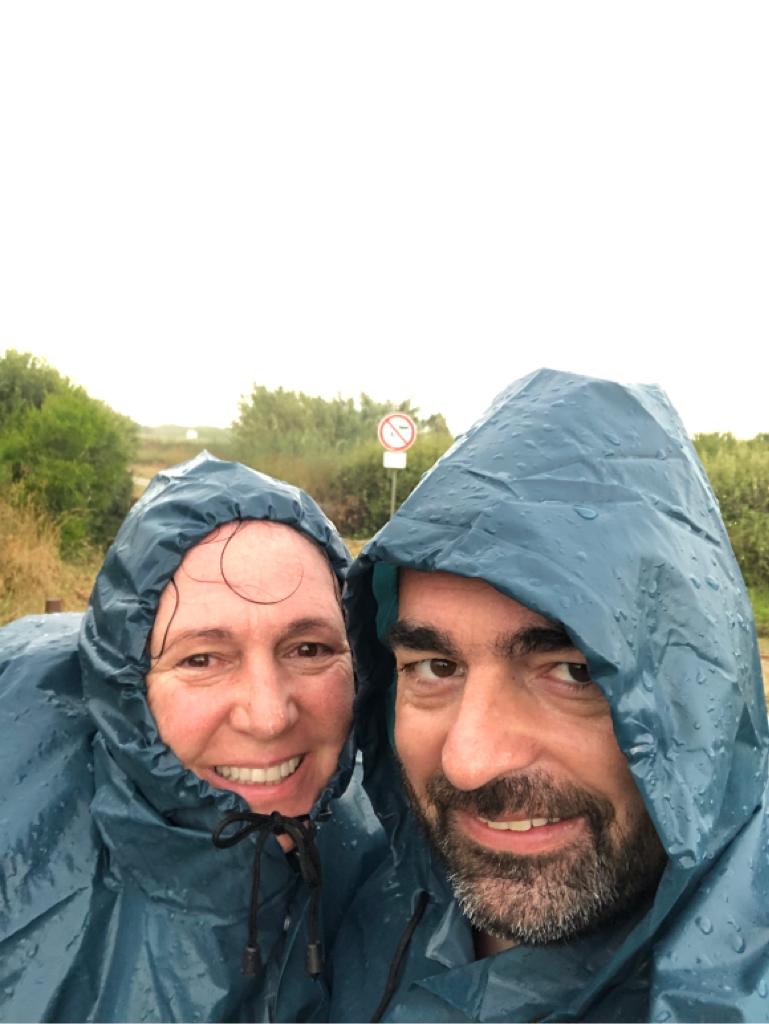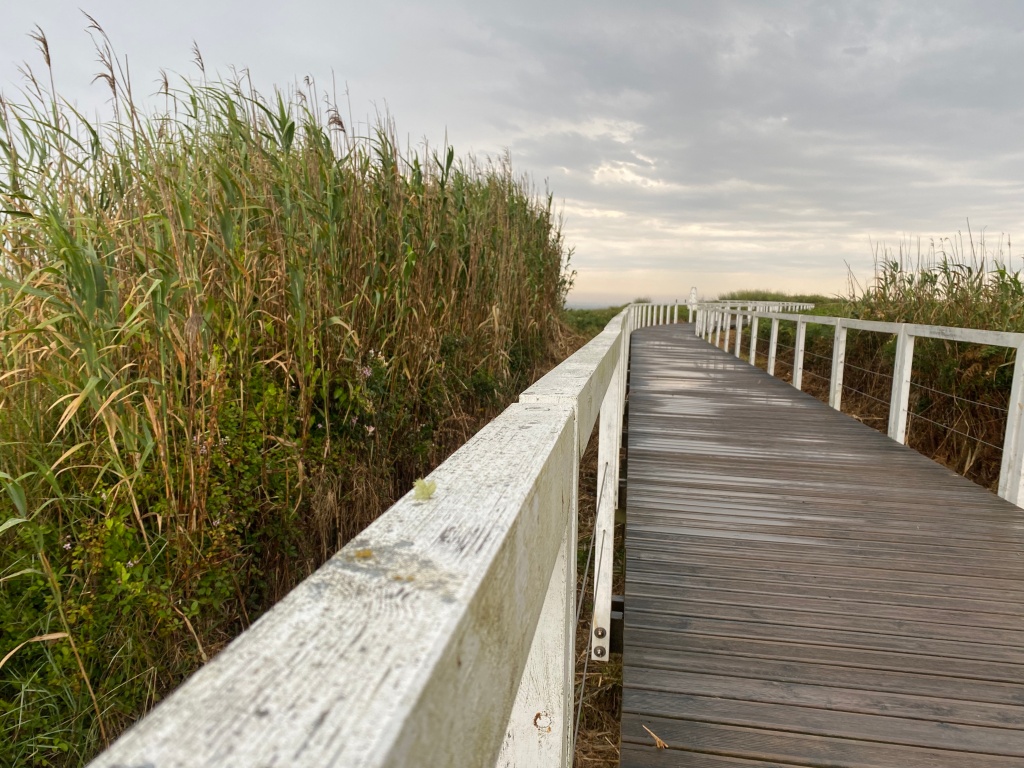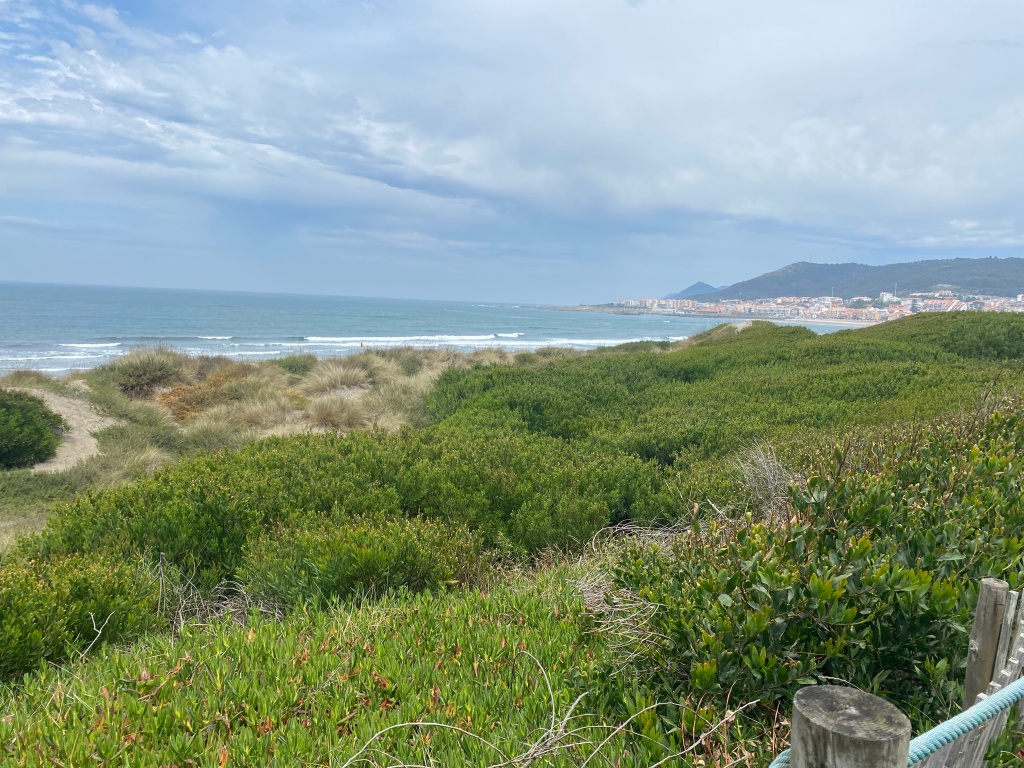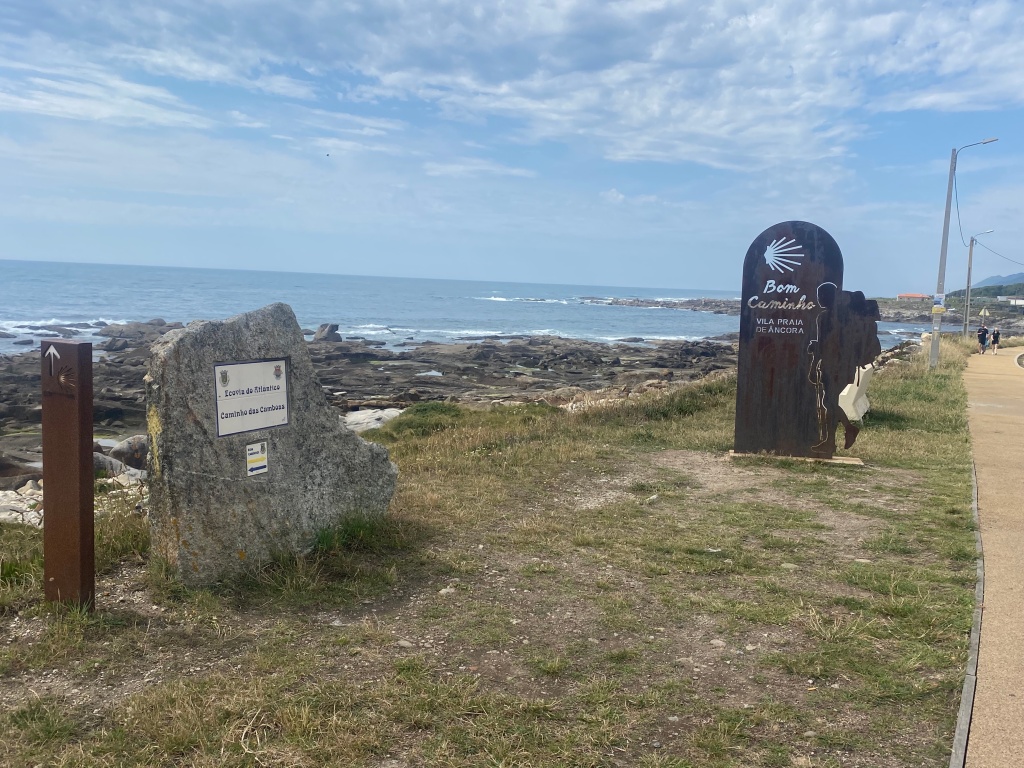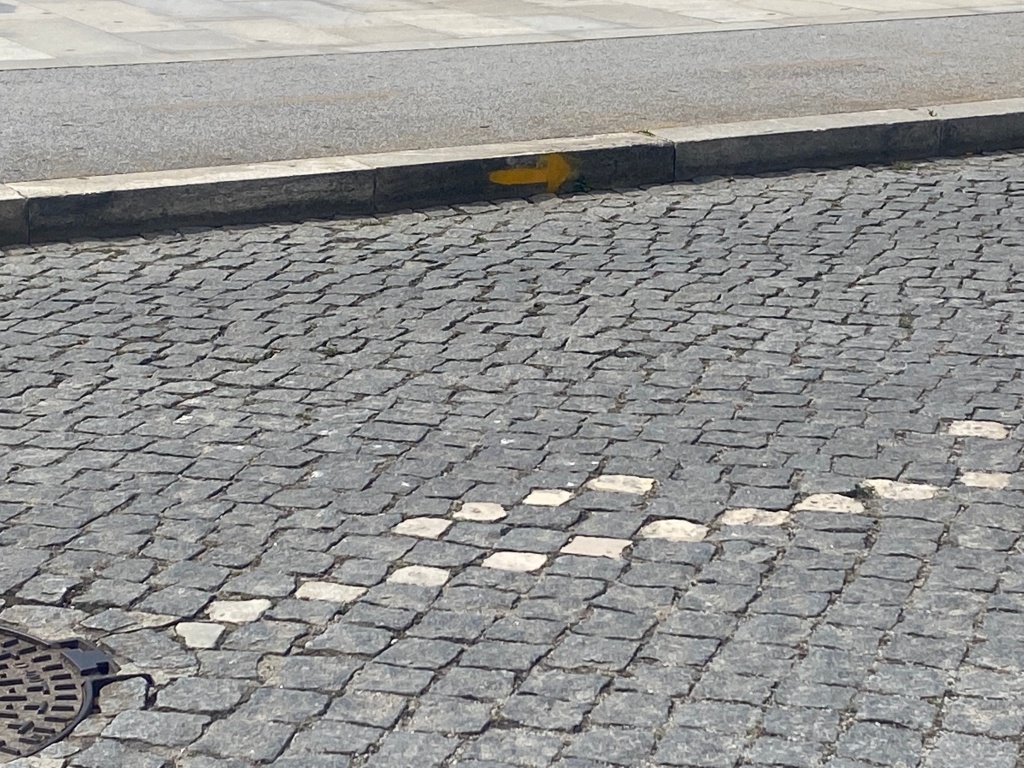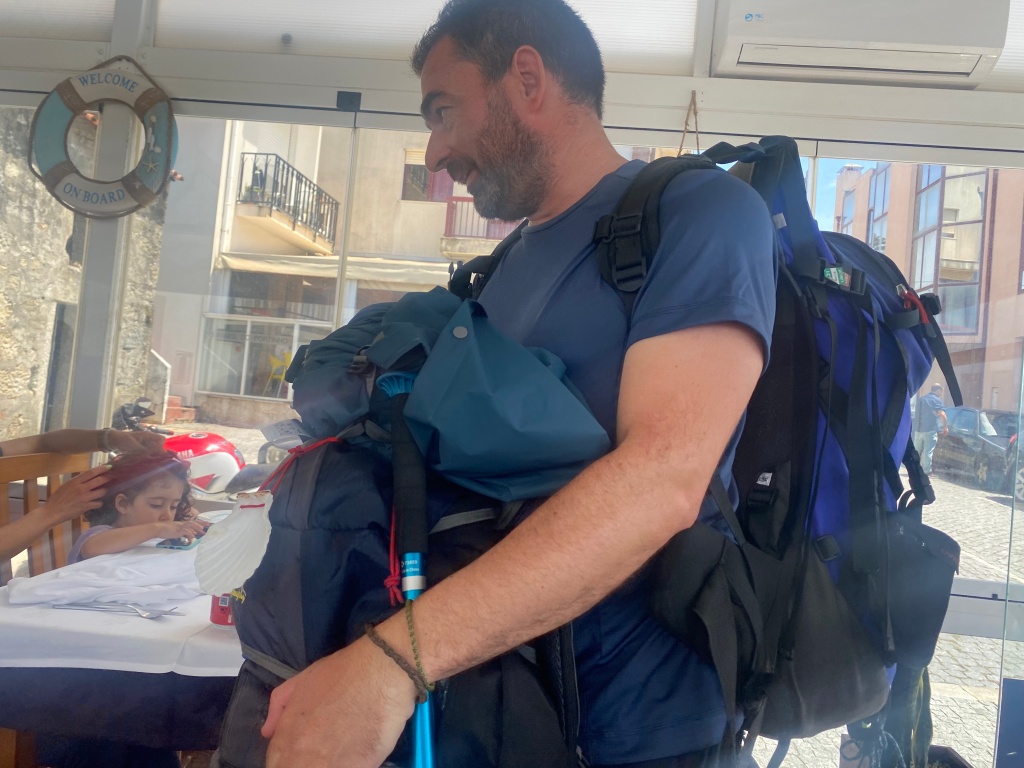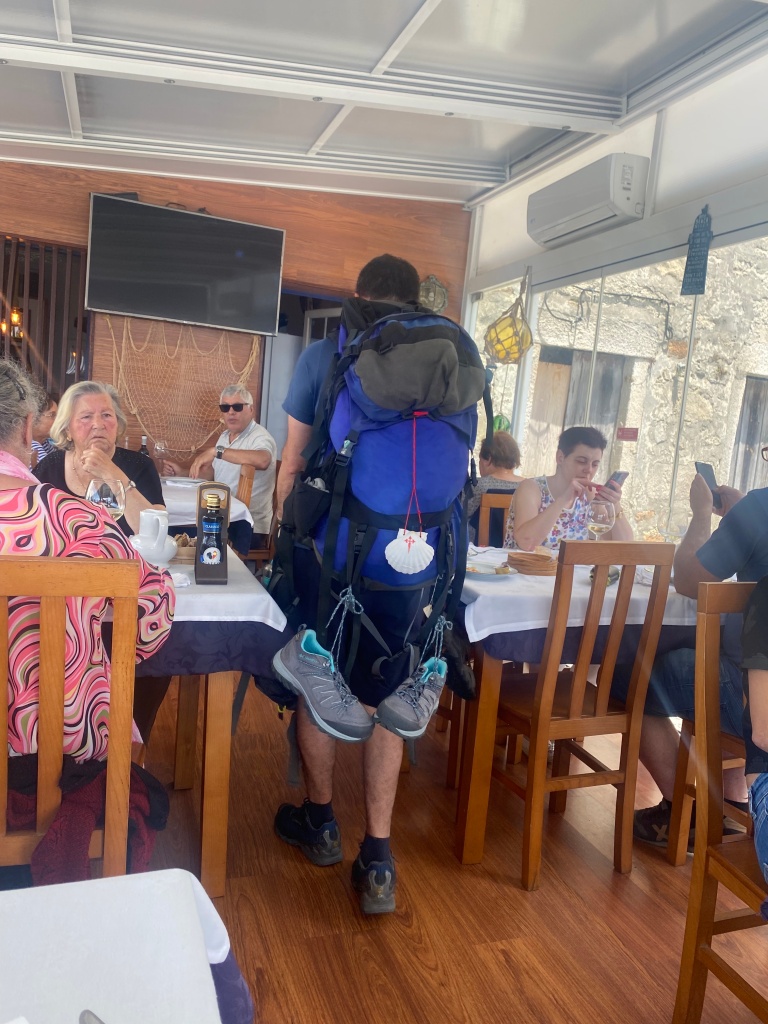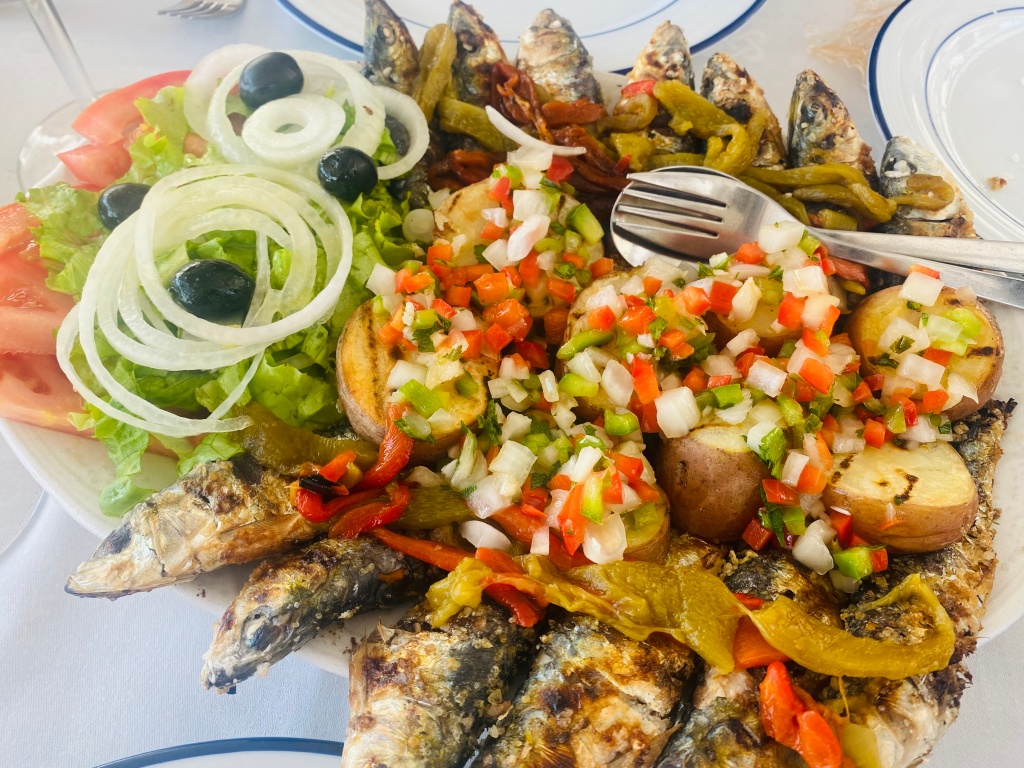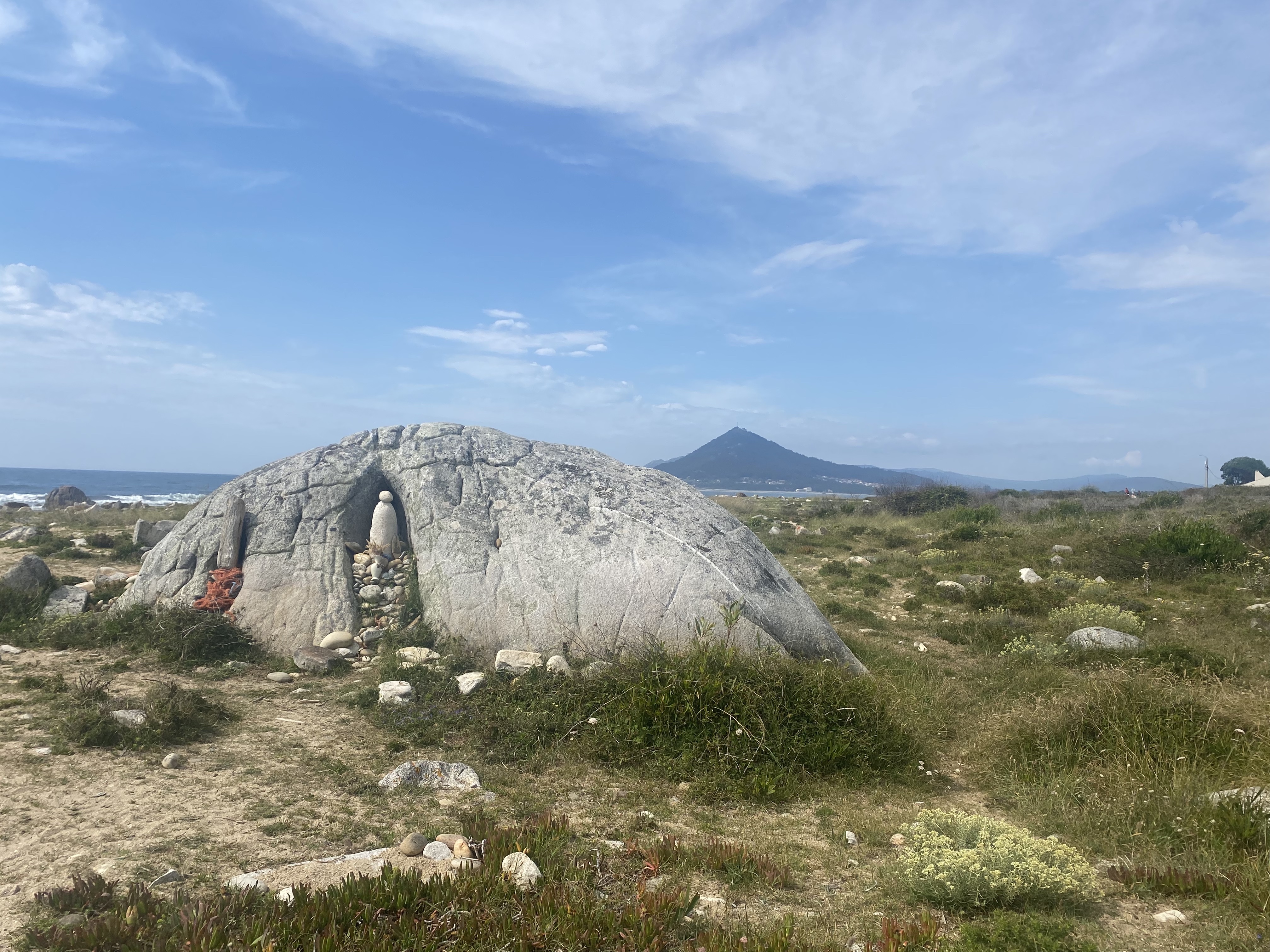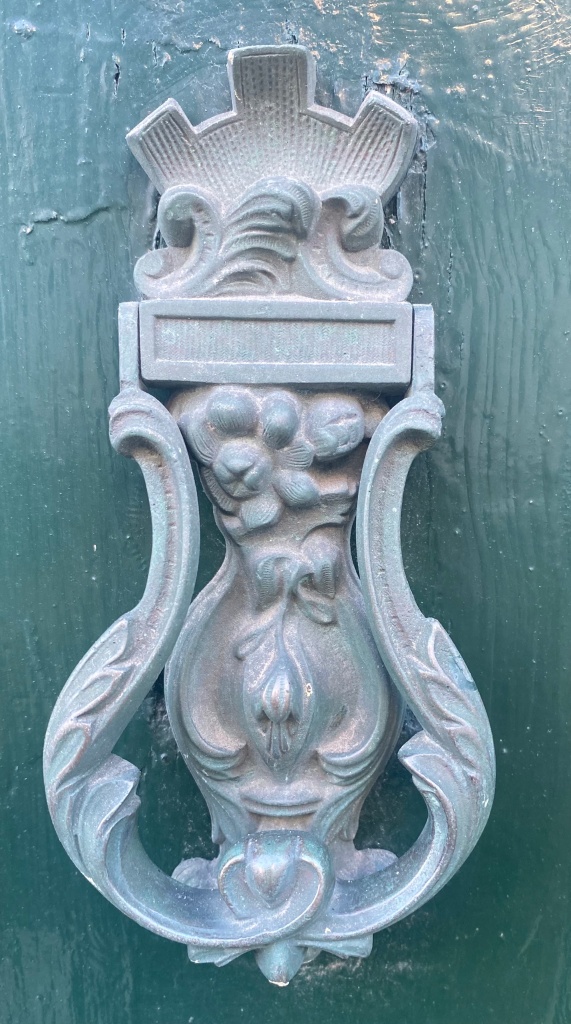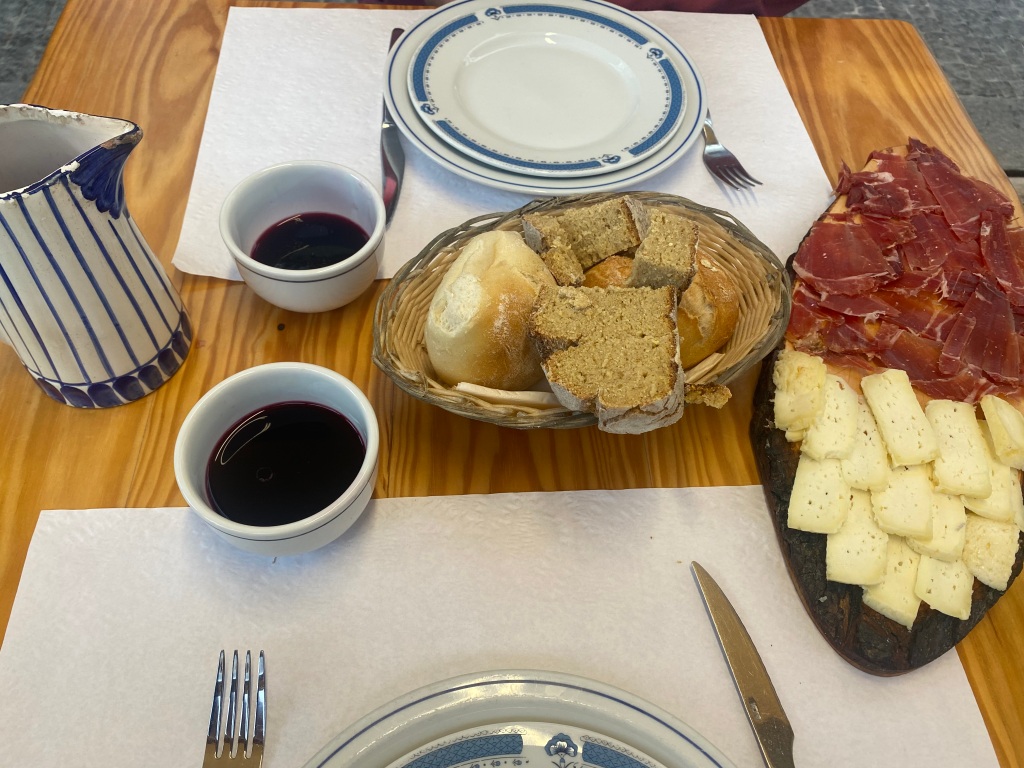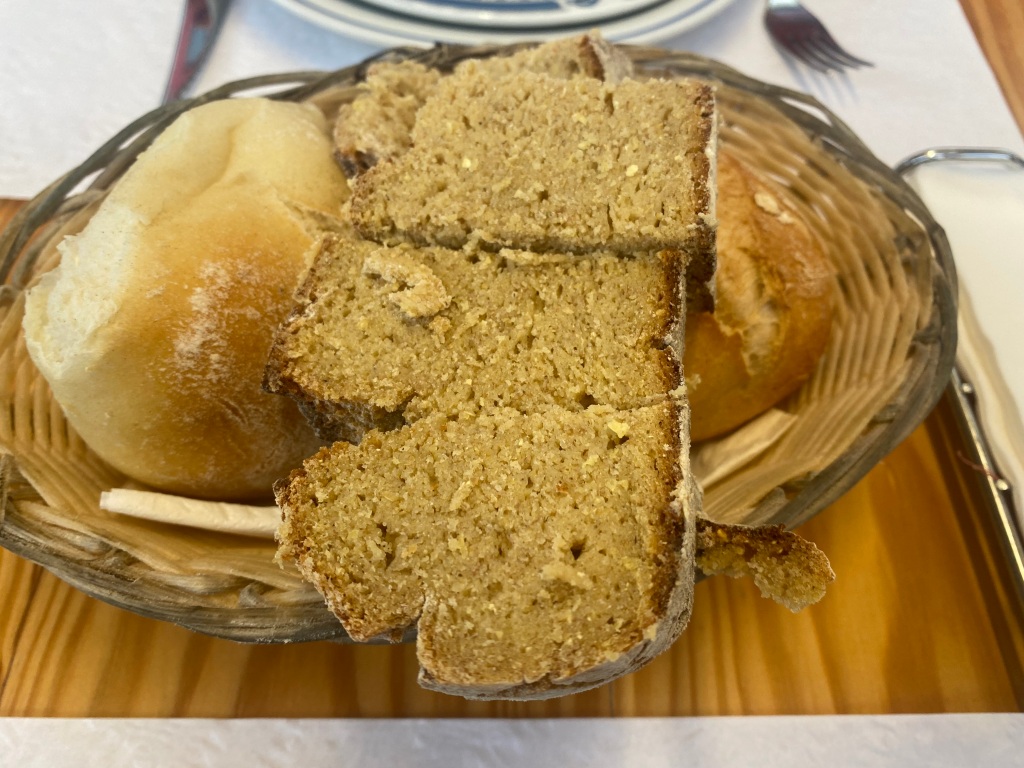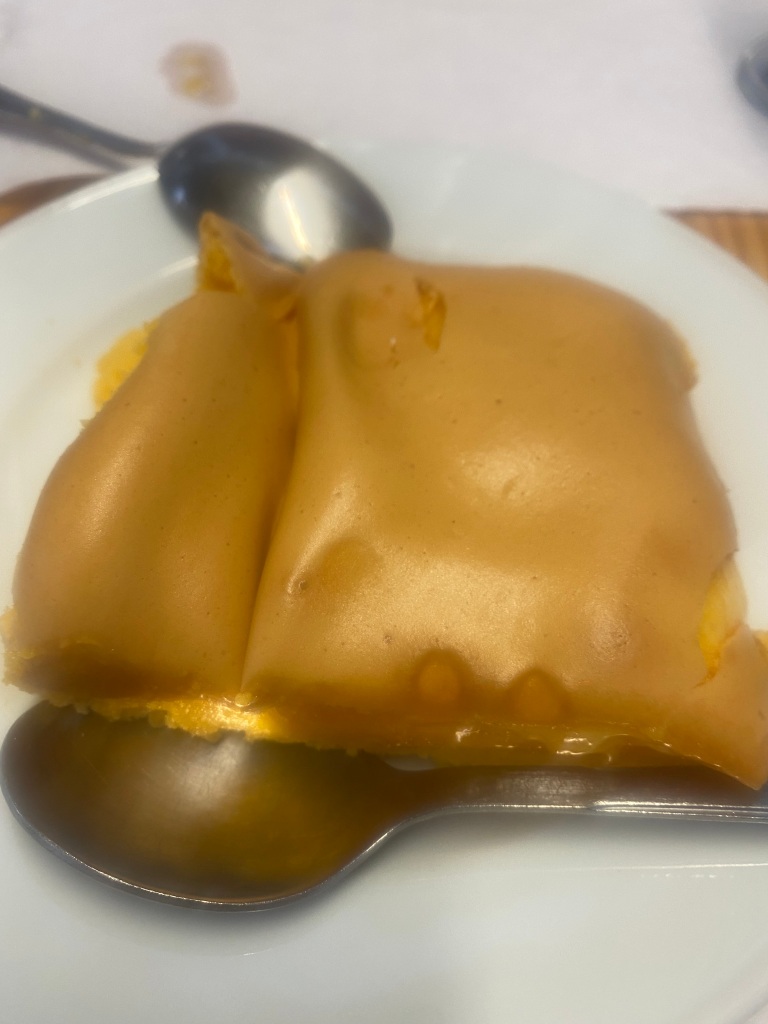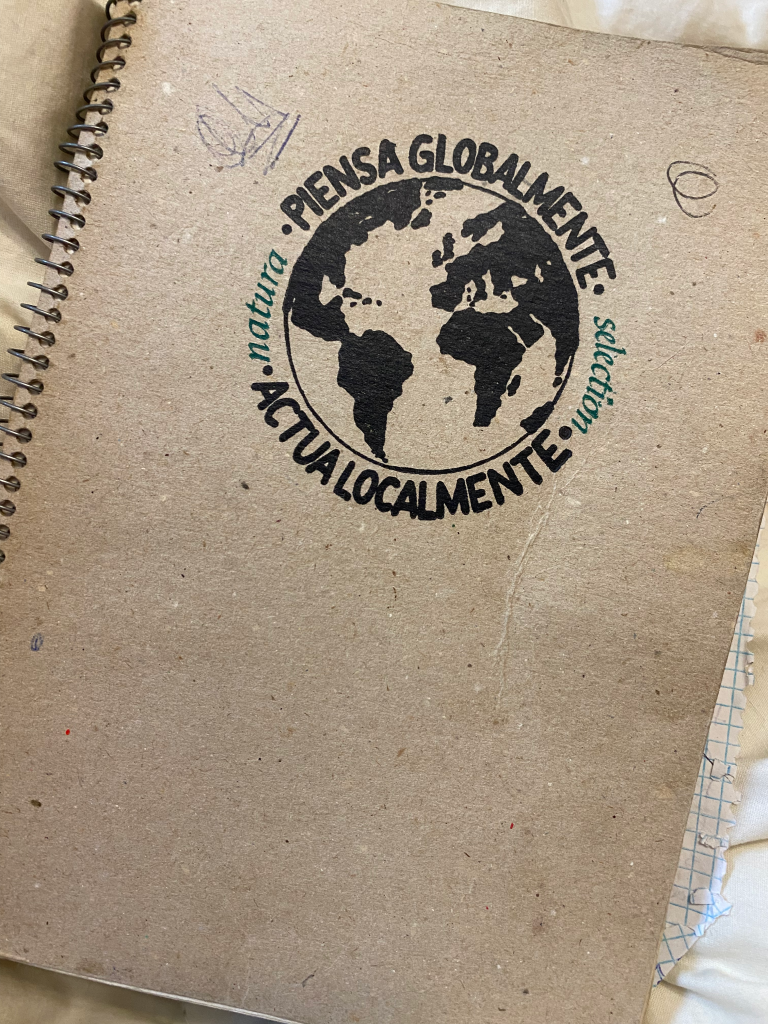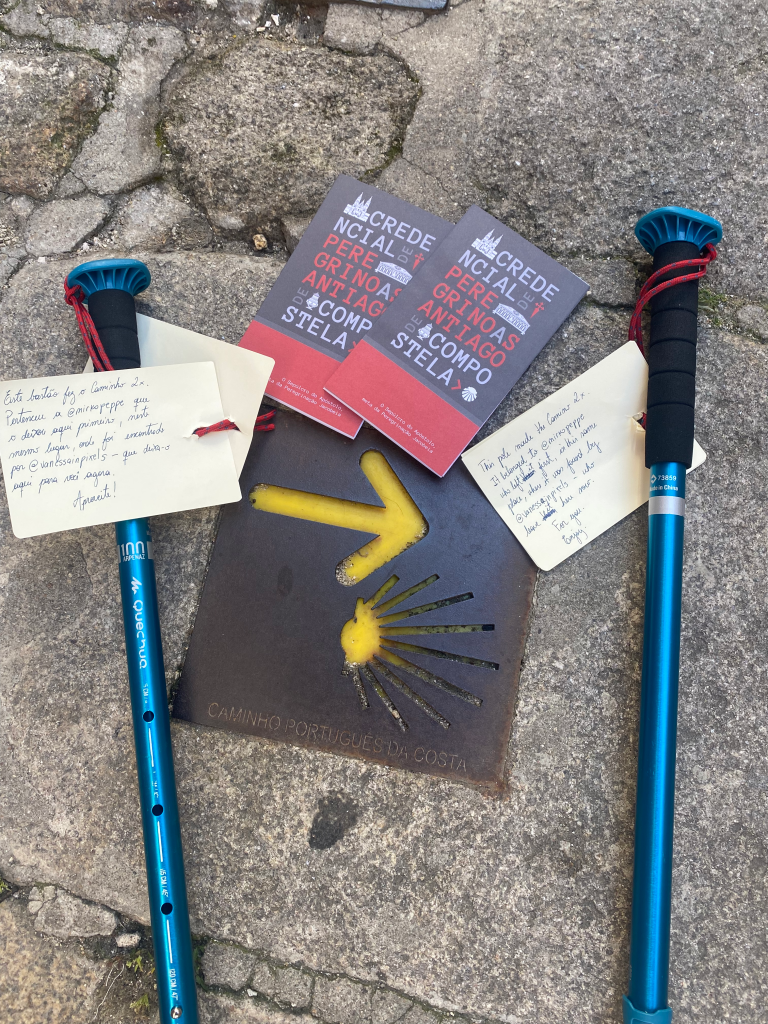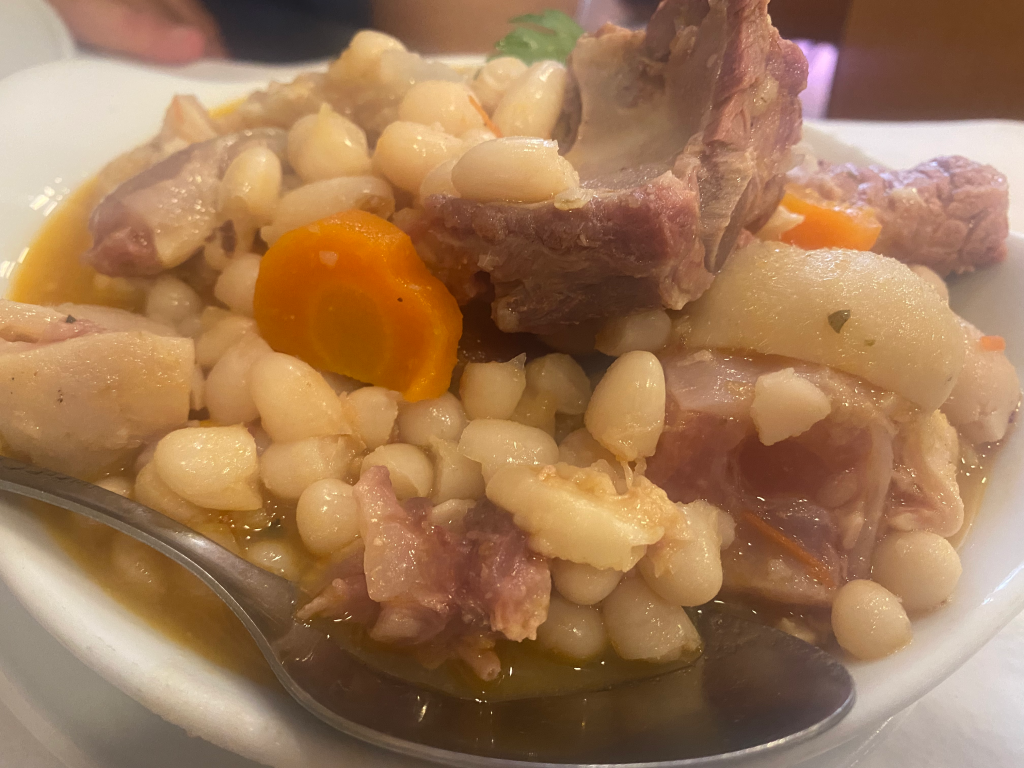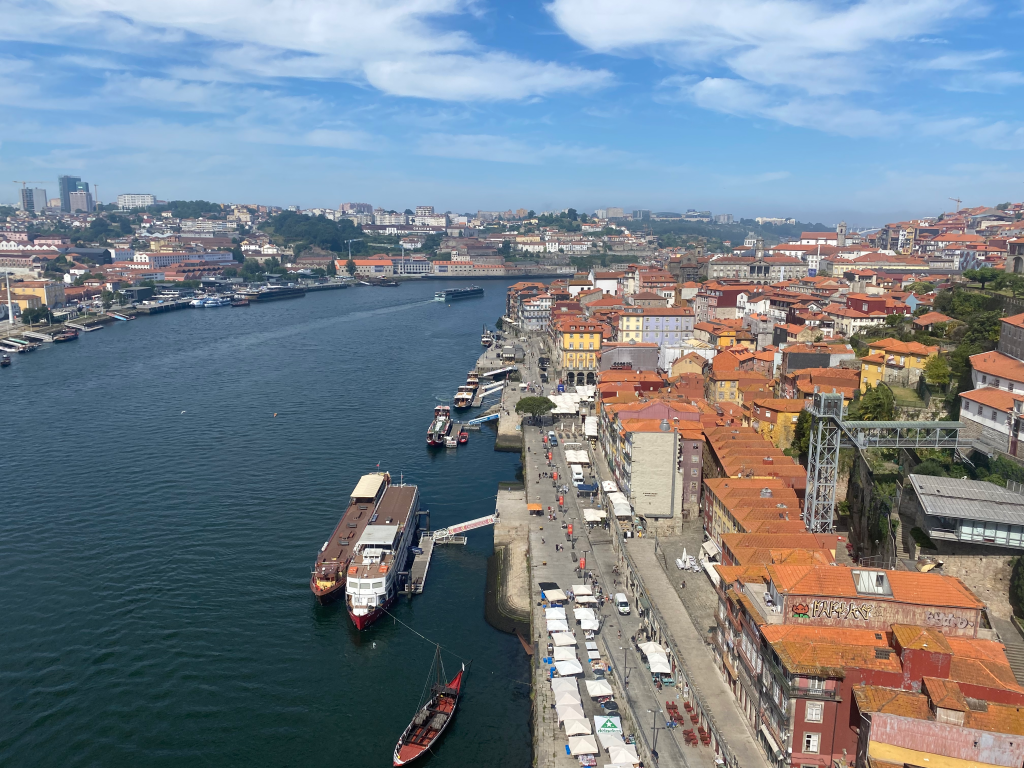
I have grown to love the Minho river on the northern border of Spain and Portugal. Maybe it is strange to love a river but I really don’t care about that. I also love the Genil river in Granada which runs down from the Sierra Nevada mountains and passes right next to my home. It is my sanctuary and where I find, as my Nana would say, peace of mind. My relationship with the Minho is different. Working, I have crossed it many times on the bus. I have never lost that excitement of seeing this beautiful river that naturally marks the border between Spain and Portugal. Two countries that share a very small peninsula but are so contrasting in food, culture and people. I have also crossed on foot via the historic iron bridge that was built in 1878. If you hike up into the mountains on the Portuguese side of the river you have a view of a small yet beautiful island called Ilha dos Amores that has the shape of a heart. The sunset where the Minho river flows into the Atlantic Ocean is one of the most beautiful I have ever seen, along with Cadiz in Southern Spain. Enjoying a glass of vinho verde which is produced in the region while watching the sunset should be a must in life.

I had never, however, crossed the Minho river by boat. Even though it was July of the year that more pilgrims had ever completed the Camino de Santiago, we were the only two to meet the gentleman who would take us across the river that morning. Another reason I was so happy we had chosen this route. Crossing the river you have a great view of Mount Santa Trega. On this small mountain you will find an archaeological site from the Castro Culture which came about in this area during the 1st millennium BCE. They were known for their large fortified towns and settlements (oppida) across Northern and Central Portugal, Galicia, Asturias and parts of Leon.

On the other side of the Minho river you step off the boat in the town of A Guarda, now with a foot in Galicia! A town of not quite 10,000 inhabitants that is rich in history and gastronomy. Three of the yearly festivals here are centred around food. The lobster, the swordfish, and one dedicated to a sweet egg based bread with anise seed called “Rosca de Yema” which is very similar to my Nana´s easter bread. Speaking of bread, on the rural houses in this area you will find a box for bread delivery just below or next to the mailbox. Very convenient and important since the bread in Galicia is fantastic!

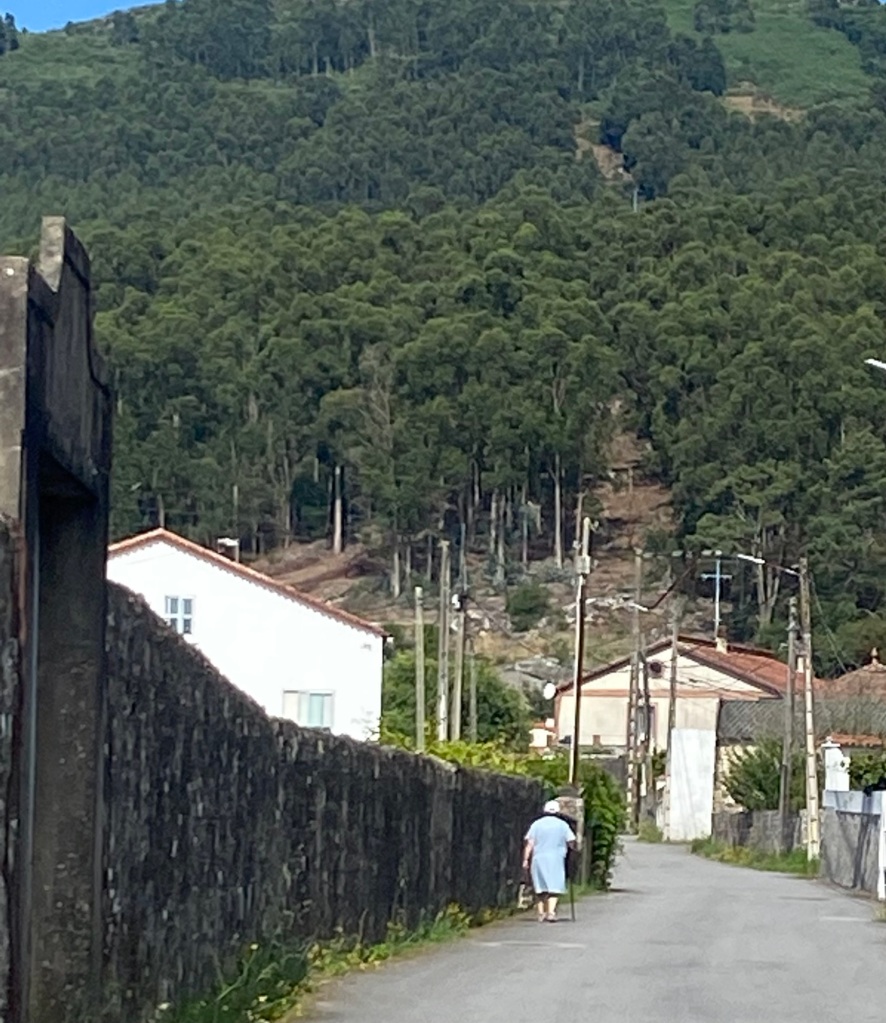
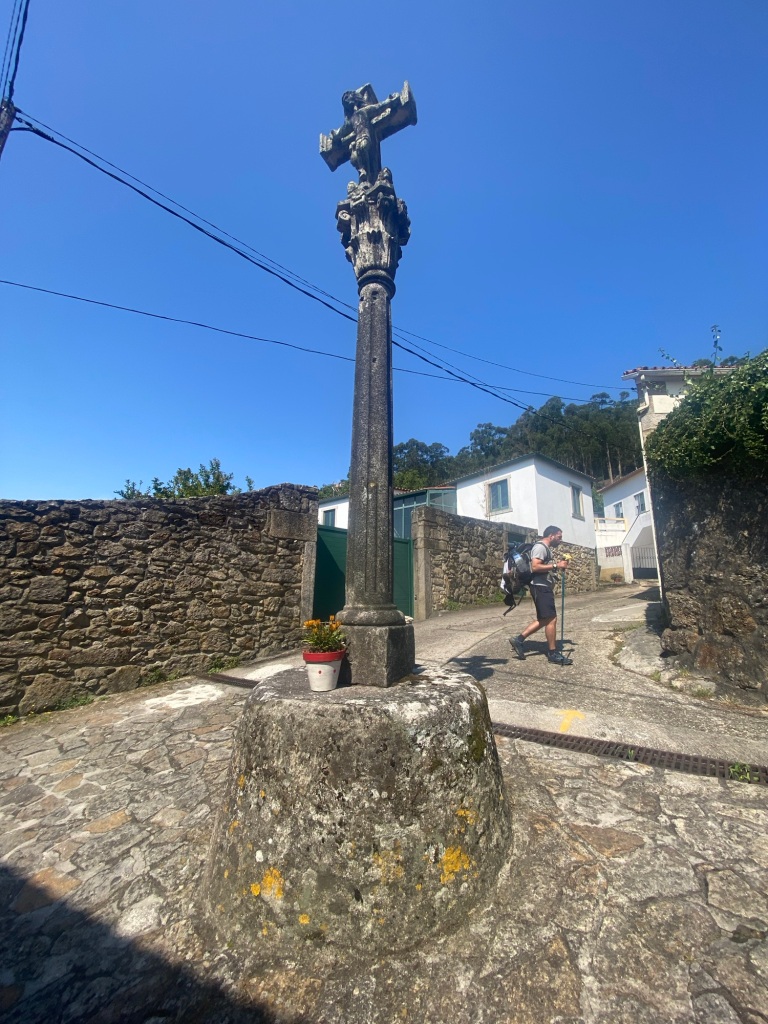

Considering this is a route less traveled, or at least a bit more peaceful than others, there are some great details for pilgrims along the path. We found free scallop shells, areas for resting and picnics and even a meditation garden. When we stumbled upon the lovely bar at a look out point, it couldn’t have been at a better time. Breakfast seemed miles behind us now.



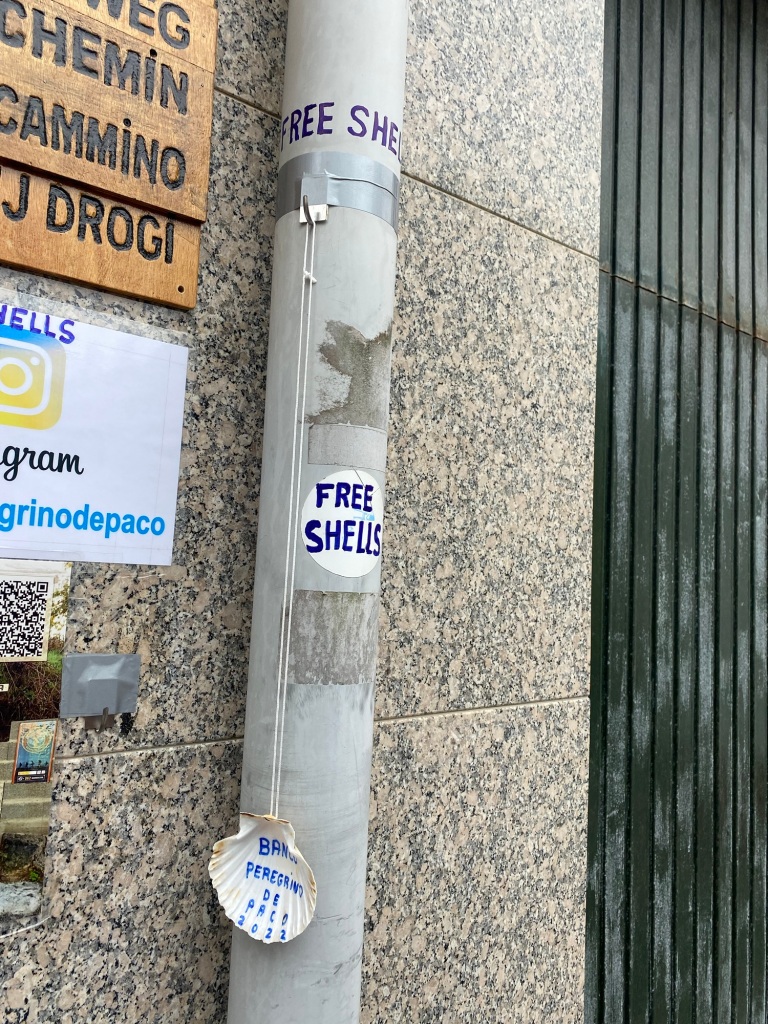
The tortilla española in northern Spain is always fantastic but there is something about the way it is prepared in Galicia that always makes me happy. They seem to take it a step above no matter where I order it. Our plate of Iberian ham and the tortilla with onion was the best move we made that day considering we would not run into much more until dinner.

Just outside of the town of Oia we took a peek into a small chapel dedicated to San Sebastián. San Sebastián was known as the protector from plagues in Spanish history. Mass is only celebrated once a year in this chapel but it is open year round and also serves as a shelter for pilgrims during rough Atlantic storms.
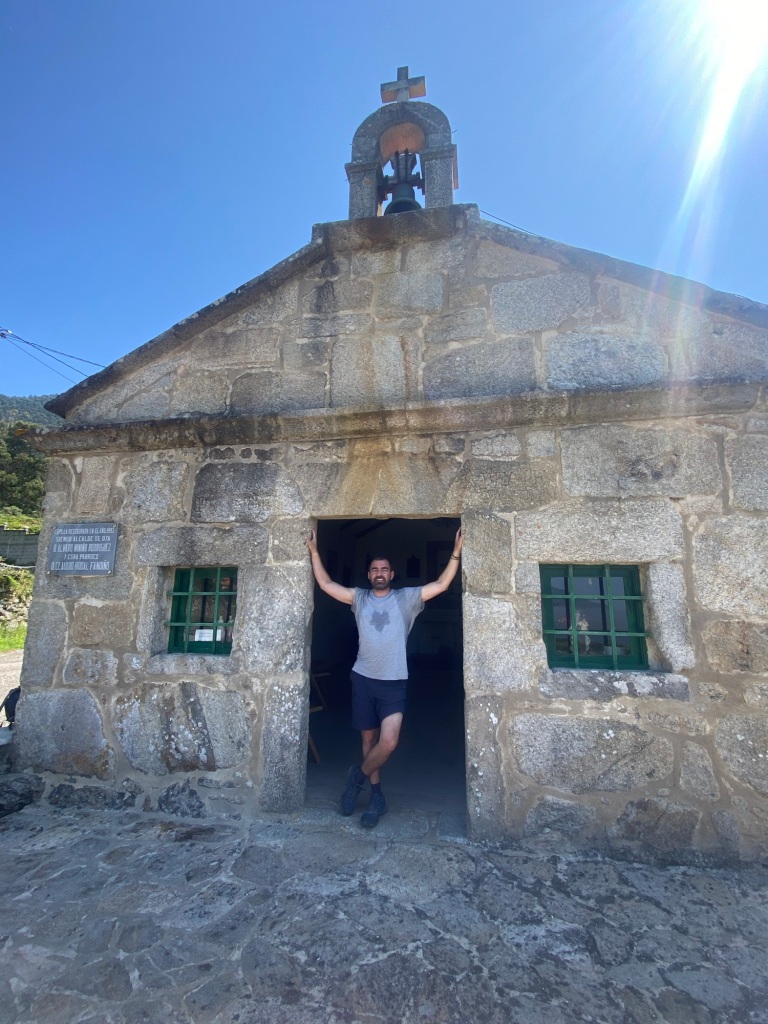
If you are in a small town like Oria and hungry at a time when restaurants are closed you can always find a bar with a small snack that seems to be waiting just for you. A beer named peregrino (pilgrim) and the ham flavored ruffles that are beyond addicting will definitely keep you fueled until dinner. My first hangover cure in Granada was ruffles ham flavored chips and Fanta naranja! It’s a snack that just keeps on giving.
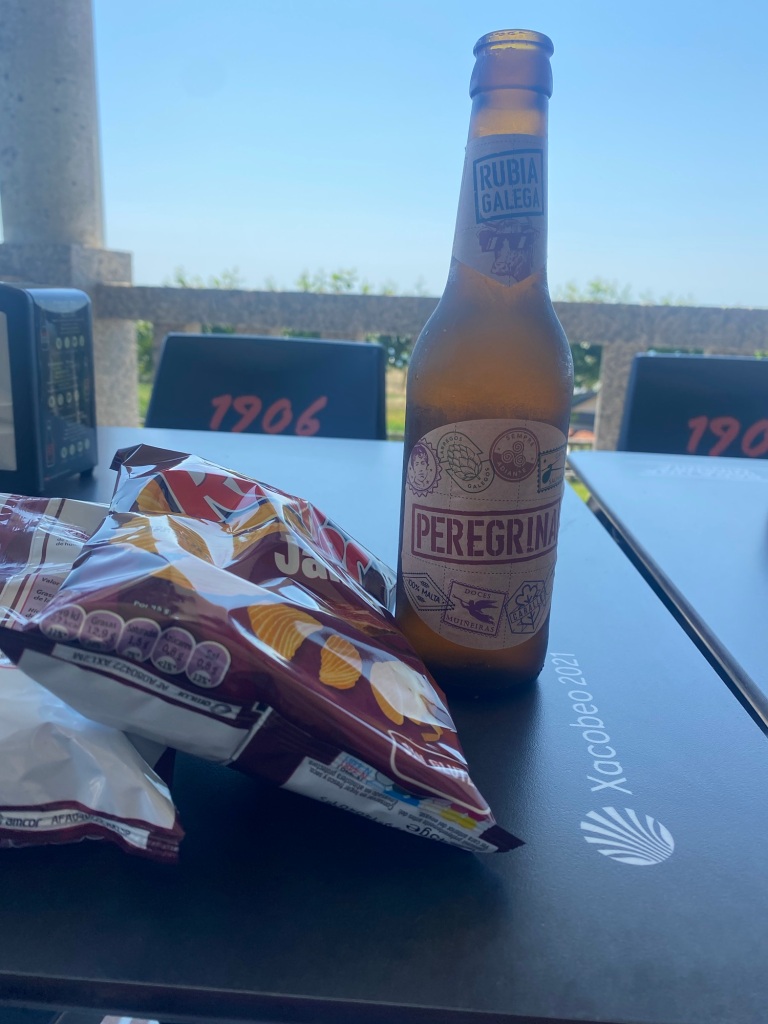
The pool at our hotel when we finally arrived that evening was a very welcome site due to the historically rising temperatures in Galicia. These moments always take me back to my first and second caminos when I slept in monasteries with hundreds of beds in one large room. Forgive me for my little luxuries, Saint James. The pool stood in second place after we found our perfect restaurant. The sunset over the Atlantic blessed us with its fading light as we enjoyed a bottle of Albariño wine. The camino and Albariño are closely tied together. One legend says that the monks from Cluny, France brought the Albariño grape to Galicia when doing the pilgrimage in the 12th century but other studies show that albariño seeds were also found in a salt mine from Roman times. Either way, the albariño wine goes perfectly with the local food.
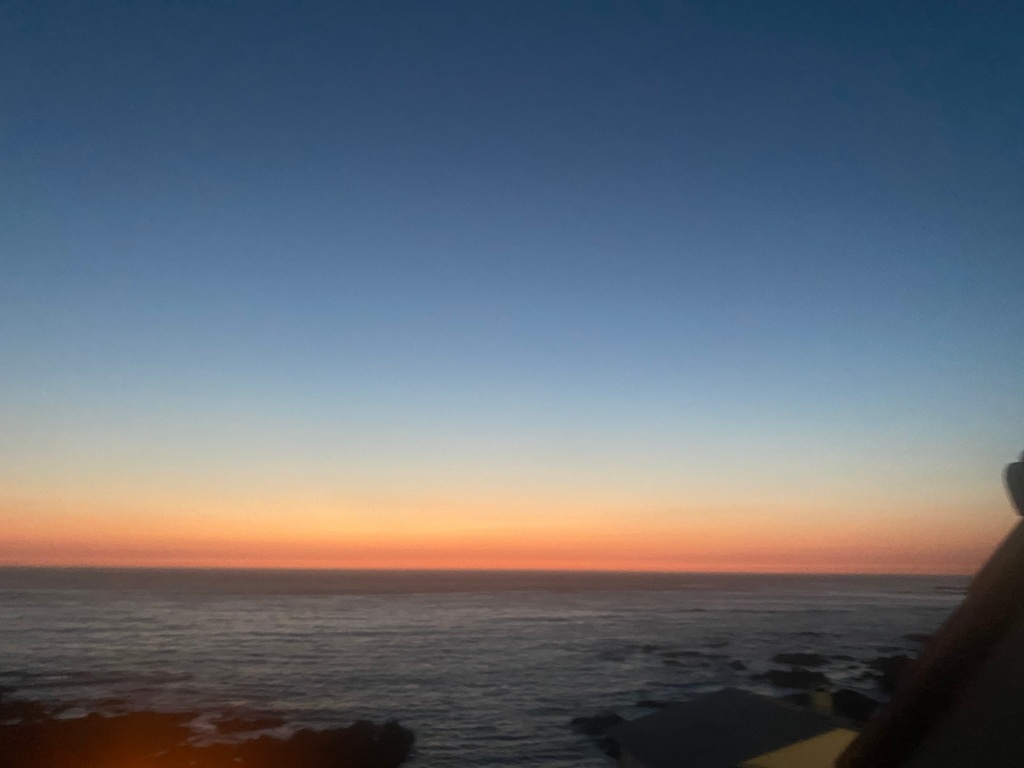

Zamburiñas, are a small type of scallop in Galicia. In the world of scallops, they are by far my favorite. This simple preparation which is to lightly grill them with olive oil and maybe a bit of parsley and garlic is the way I most like to enjoy them. That night, after our zamburiñas we also had a perfectly grilled piece of turbot and a Galician steak.
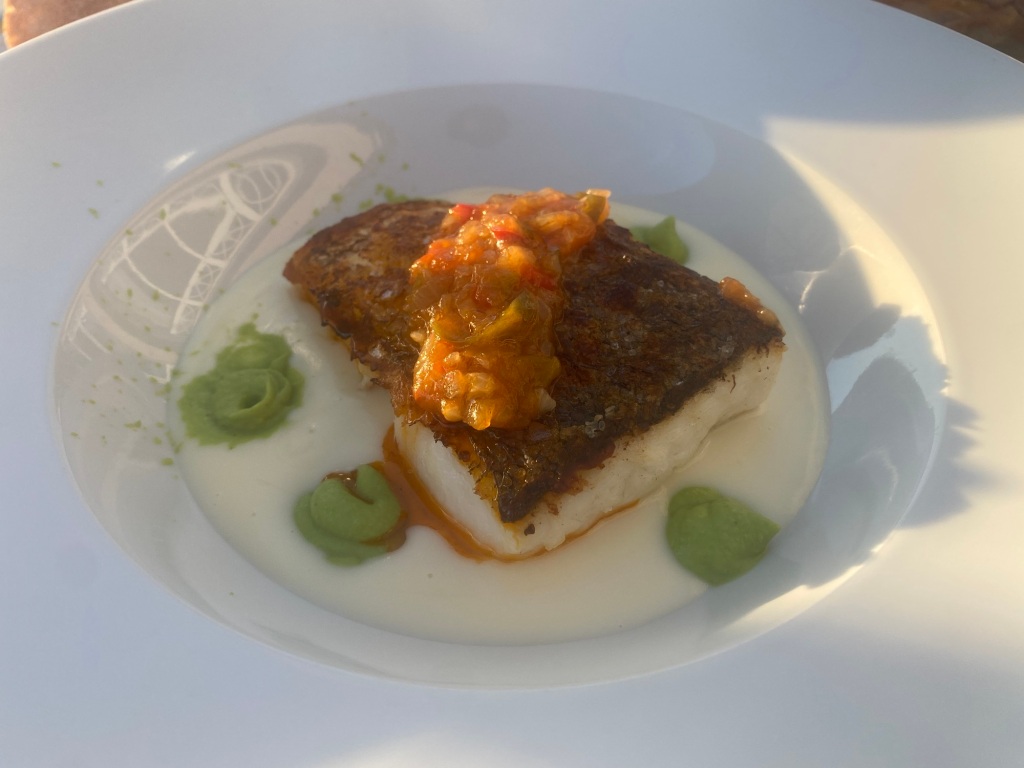


The perfect end to a perfect day. We decided this might be a romantic place for a special celebration one day!
